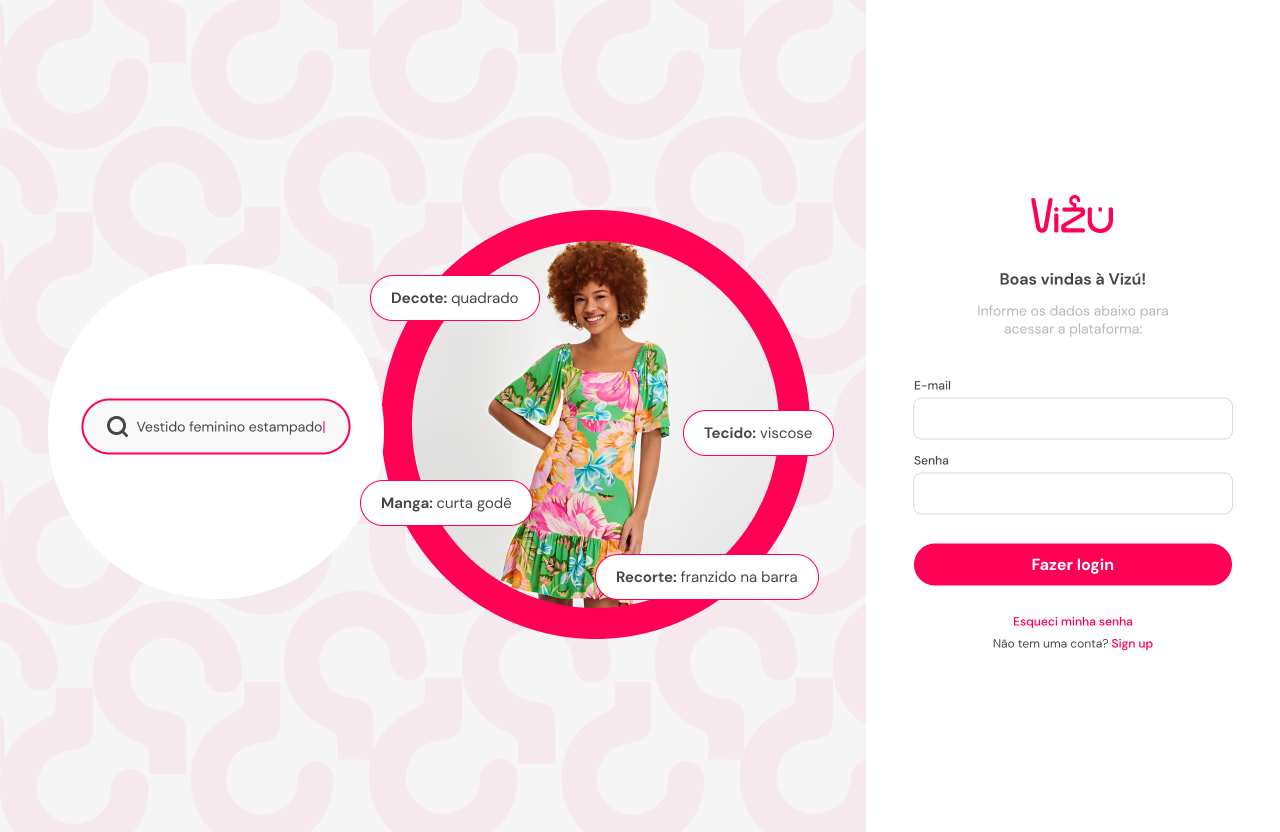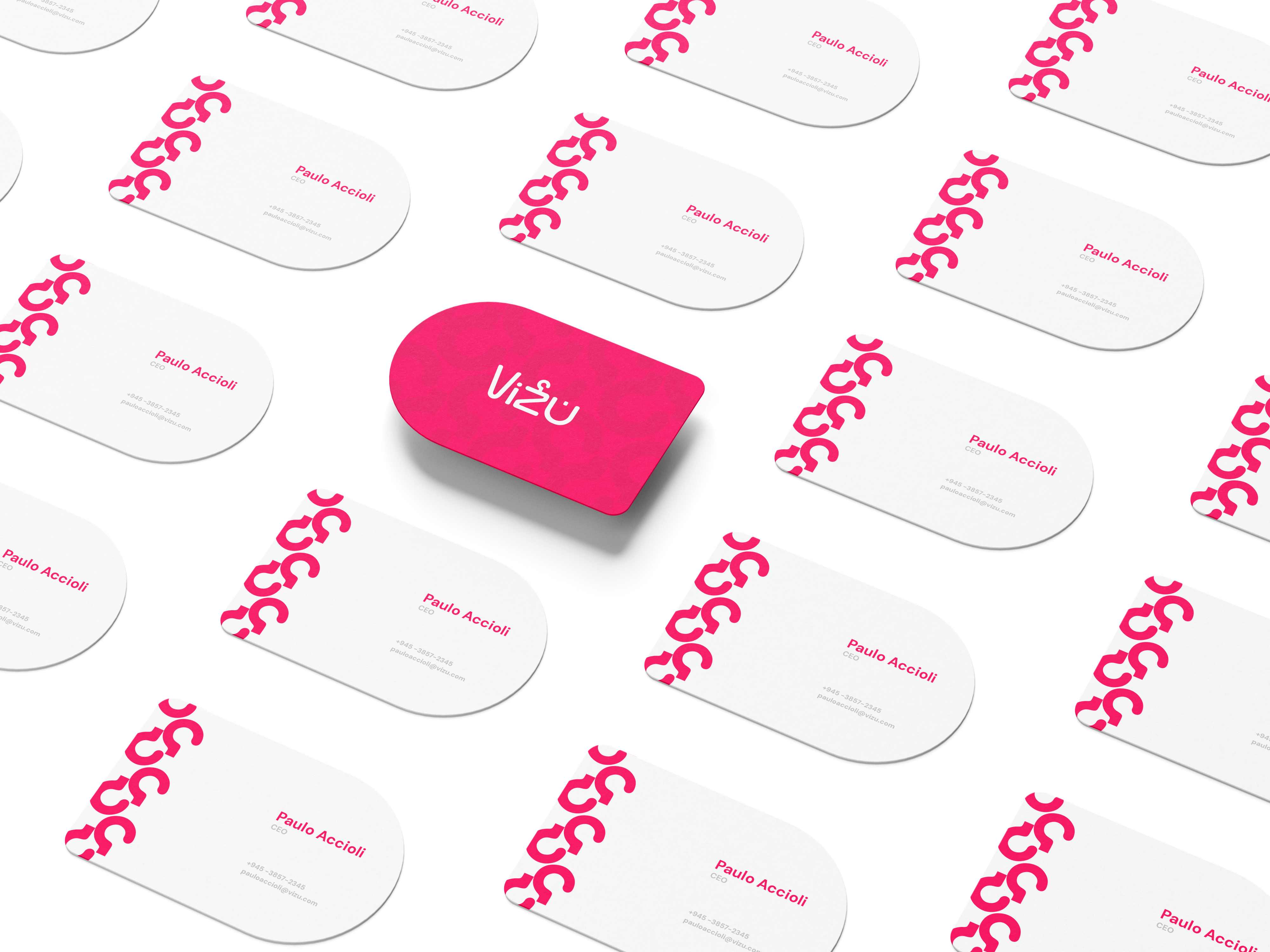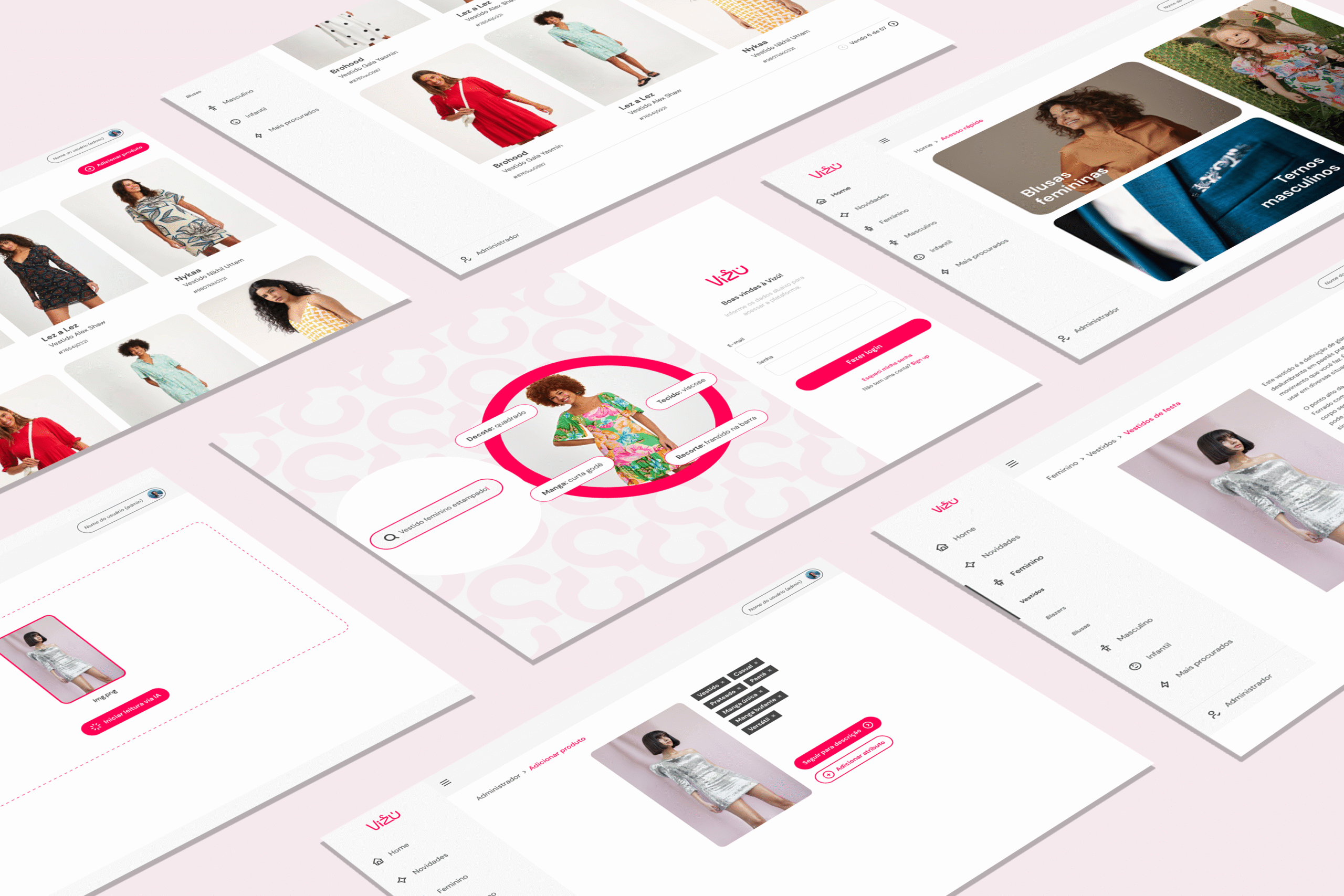Create an artificial intelligence platform for fashion, capable of reading images of clothing items and automatically returning complete descriptions and attributes (e.g., “green dress, high neck, long sleeves, velvety texture”). The system was designed for e-commerce operators responsible for feeding the catalog of large retailers, reducing registration time and ensuring consistency.




As a project in the presentation phase to potential customers, the main estimated gains were:
Productivity: reduce registration time by up to 70%.
Consistency: standardization of descriptions and attributes, improving SEO and internal search.
Scalability: ready integration with platforms such as VTEX and Shopify.
